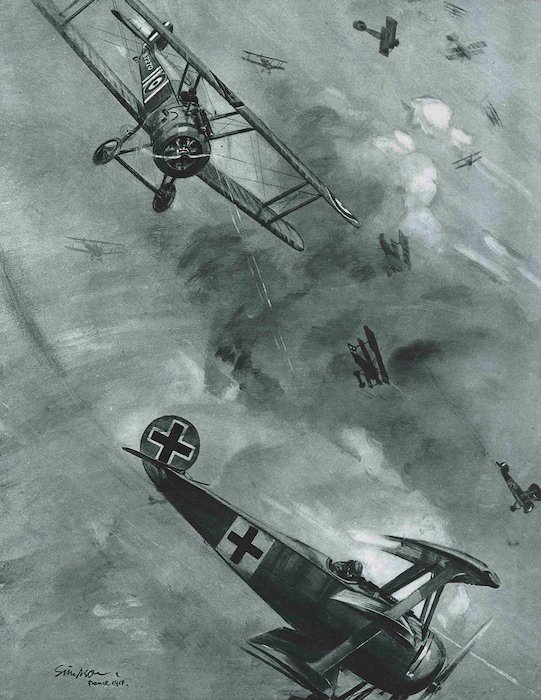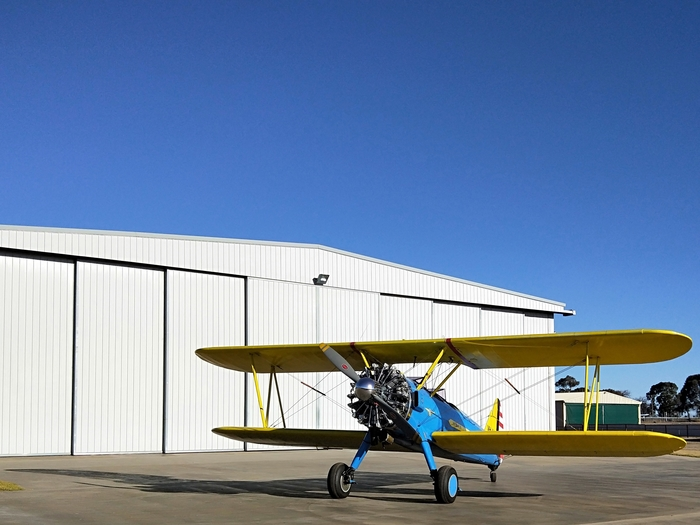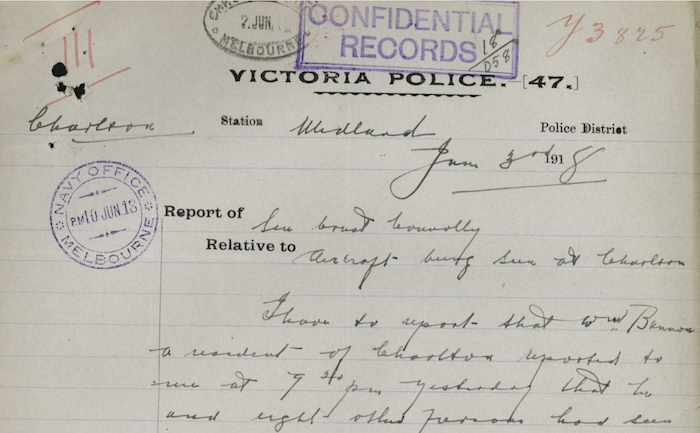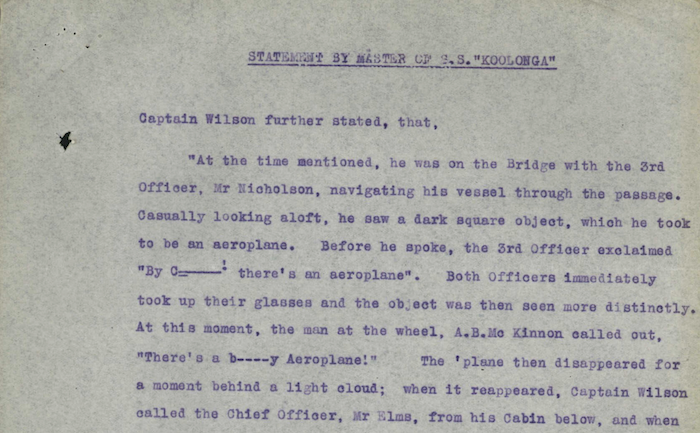My article, 'The militarisation of aerial theatre: air displays and airmindedness in Britain and Australia between the World Wars', has just been accepted for publication in Contemporary British History. It will be part of a special issue edited by Andrekos Varnava and Michael J. K. Walsh on 'The production of popular culture and its relationship to conflict in Britain and its Empire since the Great War', which in turn came out of the First Eric Richards Symposium in British and Australasian History, which I attended at Flinders University in early 2017. Under CBH's open access policies I can share the accepted version of the article upon publication, but that won't be until 2020. So, as I can also share the version I originally submitted, I'm self-archiving that here, errors of spelling, evidence and logic and all! Here's the abstract:
Aerial theatre, the use of aviation spectacle to project images of future warfare, national power and technological prowess, was a key method for creating an airminded public in the early 20th century. The most significant and influential form of aerial theatre in interwar Britain was the Royal Air Force (RAF) Display at Hendon, in which military aircraft put on impressive flying performances before large crowds, including an elaborate set-piece acting out a battle scenario with an imaginary enemy. Hendon was emulated by other air displays in Britain and in Australia, even civilian ones. Indeed, the inability of the much smaller Royal Australian Air Force (RAAF) to regularly project spectacle on the scale of Hendon across a much larger nation created a gap which civilian aviation organisations then tried to fill. Hendon thus helped to propagate a militarised civilian aerial theatre, and hence airmindedness, in both Britain and Australia.
This is my first publication from my long-term project on aerial theatre, which I've been kicking around in presentations and on this blog for a few years now. But it won't be the last!








